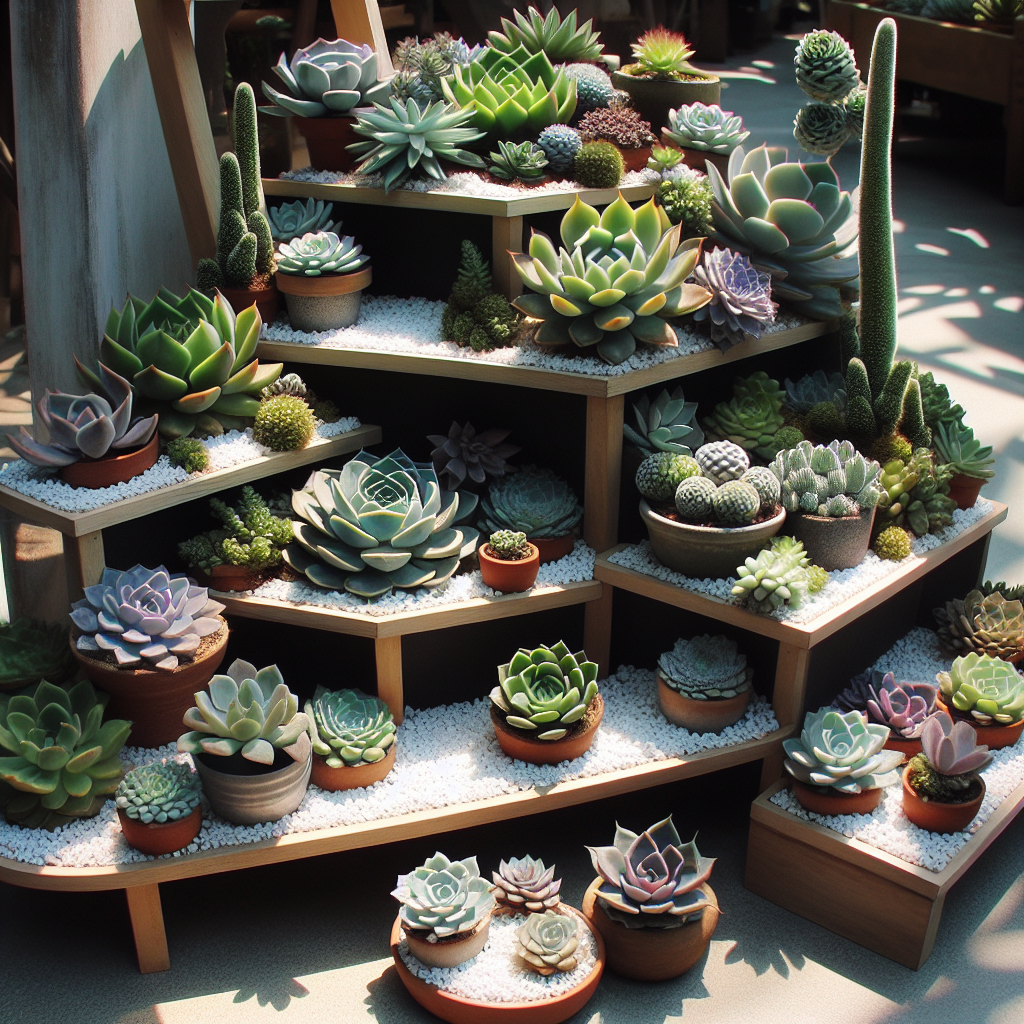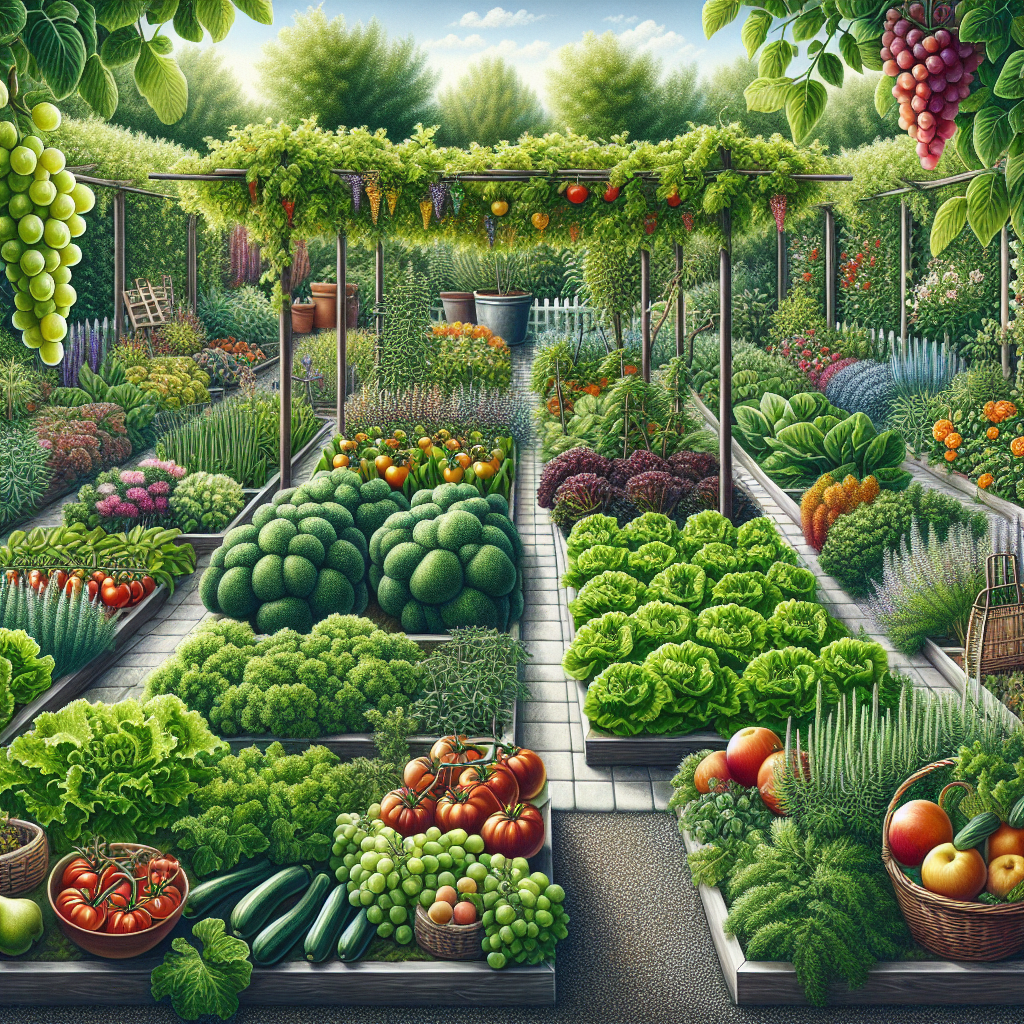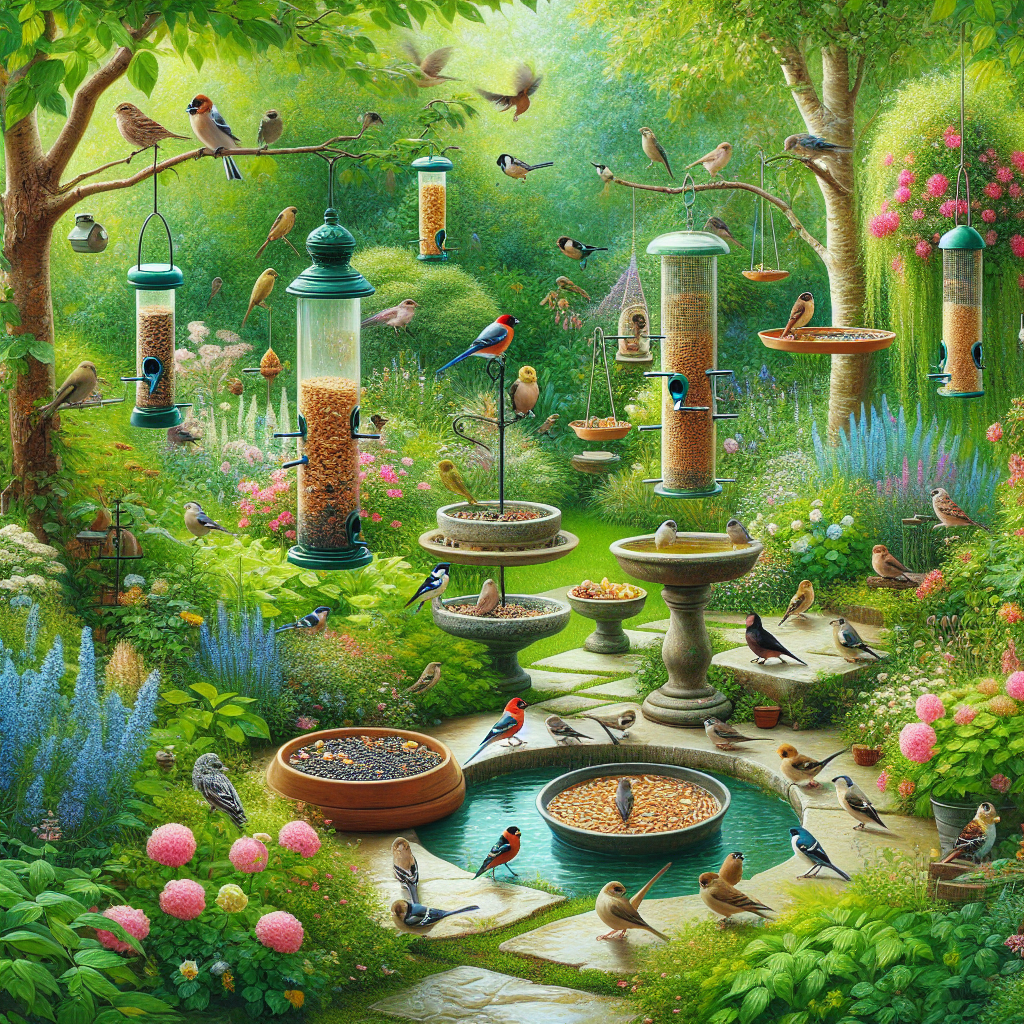Colorful Perennial Flower Garden Bed for Year-Round Bloom
Welcome to this comprehensive guide on creating a stunning and vibrant perennial flower garden bed that will bring year-round beauty to your outdoor space. In this article, we will provide you with step-by-step instructions, a list of materials needed, and valuable insights to help you successfully complete this DIY project. Get ready to transform your garden into a colorful oasis!
Materials Needed
- Perennial flower seeds or plants
- Garden soil
- Compost or organic matter
- Garden tools (shovel, rake, trowel)
- Garden gloves
- Garden hose or watering can
- Mulch
- Garden edging
Step 1: Planning and Design
Before you start digging and planting, it’s important to plan and design your perennial flower garden bed. Consider the size and shape of your garden space, as well as the amount of sunlight it receives throughout the day. Choose a location that provides at least 6 hours of direct sunlight for most perennial flowers.
Sketch out your garden bed design on paper, taking into account the height, color, and blooming season of the flowers you want to include. Aim for a mix of early, mid, and late-season bloomers to ensure year-round color.
Step 2: Preparing the Soil
Prepare the soil in your garden bed by removing any weeds or grass. Use a shovel or garden fork to loosen the soil and remove any rocks or debris. Add compost or organic matter to improve the soil’s fertility and drainage. Mix it thoroughly with the existing soil using a rake or garden fork.
Step 3: Planting the Perennials
Now it’s time to start planting your perennial flowers. Dig holes that are slightly larger than the root ball of each plant. Place the plants in the holes, making sure they are at the same depth as they were in their nursery containers. Space the plants according to their mature size, allowing enough room for them to grow and spread.
Water the plants thoroughly after planting to help them settle into their new home. Continue to water regularly, especially during dry spells, to keep the soil moist but not waterlogged.
Step 4: Mulching and Edging
Spread a layer of mulch around your perennial flower garden bed to help retain moisture, suppress weeds, and regulate soil temperature. Use organic mulch such as wood chips or shredded bark, and apply it to a depth of 2-3 inches. Keep the mulch a few inches away from the base of the plants to prevent rotting.
Install garden edging around your flower bed to create a clean and defined border. This will help prevent grass and weeds from encroaching on your garden and give it a polished look. Choose a material that suits your style, such as bricks, stones, or metal edging.
Step 5: Maintenance and Care
Once your perennial flower garden bed is established, it will require regular maintenance and care to thrive. Here are some important tasks to keep in mind:
- Watering: Water your plants deeply and regularly, especially during dry periods. Aim to keep the soil consistently moist but not waterlogged.
- Deadheading: Remove faded flowers to encourage continuous blooming and prevent the plants from going to seed.
- Fertilizing: Apply a balanced slow-release fertilizer in early spring and again in mid-summer to provide essential nutrients for healthy growth.
- Weeding: Regularly remove weeds from your garden bed to prevent them from competing with your perennial flowers for nutrients and space.
- Dividing and Transplanting: Over time, some perennial plants may become overcrowded. Divide and transplant them every few years to maintain their vigor and ensure optimal growth.
Step 6: Enjoying the Results
Now that you have followed all the necessary steps and put in the effort to create a colorful perennial flower garden bed, it’s time to sit back, relax, and enjoy the beautiful results. Imagine the vibrant blooms, the delightful fragrance, and the joy it will bring to your outdoor space throughout the year.
Remember to take photographs of your garden bed at different stages to capture its transformation and share your success with others. You can even create a scrapbook or digital album to document the progress and inspire future gardening projects.
Conclusion
Creating a colorful perennial flower garden bed for year-round bloom is a rewarding and fulfilling DIY project. By following the step-by-step instructions provided in this article, you can transform your outdoor space into a vibrant oasis that will bring you joy and beauty throughout the seasons.
Remember to plan and design your garden bed, prepare the soil, choose the right perennial flowers, and provide proper maintenance and care. With patience, dedication, and a little bit of creativity, you can create a stunning garden that will be the envy of your neighborhood.






